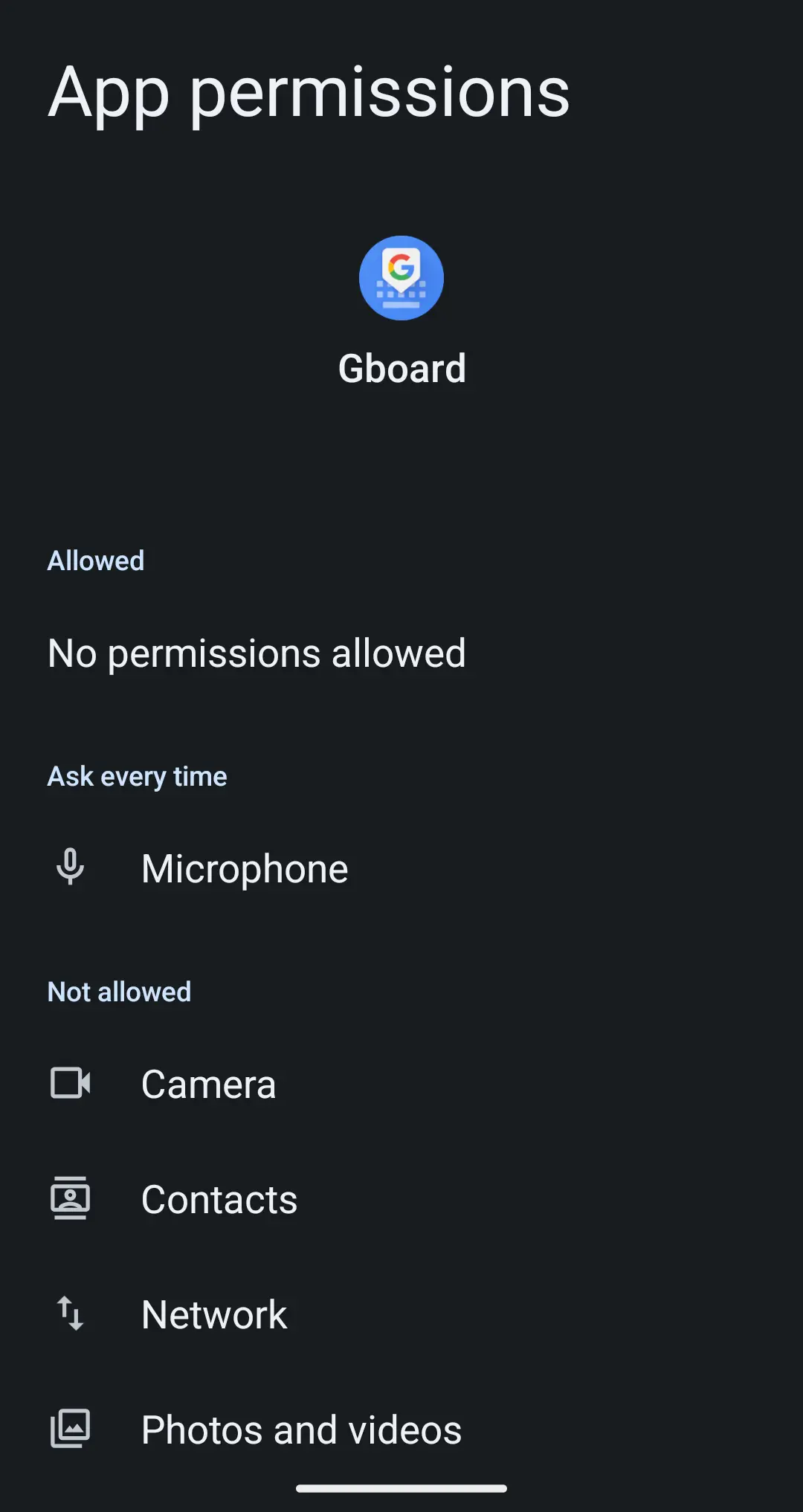If you want a device to do NFC payments you'll need to look somewhere other than GrapheneOS. (Believe me, I've tried everything)
sunstoned
Even in the US, state-level representation hardly counts as local. Neighborhoods, towns, counties, etc. all have people representing them.
It's cool to care about and build up your community.
Even faster -- tailscale. For a cheeky way to play with your friends make a burner account with a shared login to get on the same tailnet for free. On the endpoints, turn off tailscale-ssh and any of their other "features" you don't need.
GrapheneOS! I've been using it for a few years. Never going back.

Is this some Network Allowed problem that I'm too Network Not Allowed to understand?
I'm a big fan of buying power tools twice. I happen to go Ryobi for the first round but Harbor Freight / Northern Tool are probably similar.
If you can stand the fuss, buy corded tools and skip the brand loyalty that comes with batteries.
The biggest killer of cheaper power tools is generally heat. There are plastic components in the drive train. They hold up great to short jobs, but heat is their kryptonite. If you let a Ryobi tool cool down whenever you notice it getting warm to the touch it'll last a long time. If you need to run a tool for hours at a time then skip the fuss and go straight to a more brand with a good reputation like DeWalt, Makita, Bosch, or Milwaukee.
Red boxes fit all brands :)
assuming you mean *can't
if cordless: batteries
else: brand cuckery
Second this ^
I have one and it's fine, but not directly supported by OpenWRT. Looks like Beryl and Slate are though
Excellent notes. If I could add anything it would be on number 4 -- just. add. imagery. For the love of your chosen deity, learn the shortcut for a screenshot on your OS. Use it like it's astro glide and you're trying to get a Cadillac into a dog house.
The little red circles or arrows you add in your chosen editing software will do more to convey a point than writing a paragraph on how to get to the right menu.
Is there a reason you're not considering running this in a VM?
I could see a case where you go for a native install on a virtual machine, attach a virtual disk to isolate your library from the rest of the filesystem, and then move that around (or just straight up mount that directory in the container) as needed.
That way you can back up your library separately from your JF server implementation and go hog wild.
I prefer Syncthing-fork for some more straightforward configuration. Mainly the three button options equating to "follow the run conditions, damnit", "run damnit", and "stop damnit"